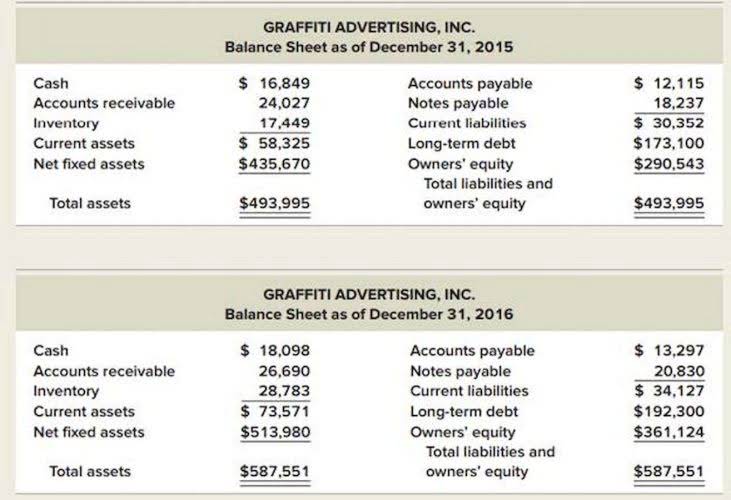
The four-step closing process transfers information from your income statement to your balance sheet, completing the accounting cycle. While traditionally done manually, modern accounting automation solutions like Solvexia now streamline this essential process, reducing errors and saving valuable time. Now that all the temporary accounts are closed, the income summary account should have a balance equal to the net income shown on Paul’s income statement. Now Paul must close the income summary account to retained earnings in the next step of the closing entries. Closing entries are part of the accounting cycle, performed at the end of an recording transactions accounting period. These entries prepare a business’s financial records for the next period’s transactions by resetting specific accounts.
Cash Flow Statement
- By resetting temporary accounts to zero, closing entries also prepare these accounts to record transactions for the next accounting period, maintaining the integrity and accuracy of the financial statements.
- For example, the revenues account records the amount of revenues earned during an accounting period—not during the life of the company.
- The main types of closing entries include those for revenue accounts, expense accounts, and the income summary.
- The fourth entry requires Dividends to close to the RetainedEarnings account.
- Closing entries are a critical part of the accounting cycle, resetting temporary accounts for the new fiscal period.
This transfer allows temporary accounts to begin the next period with a zero balance, ensuring each period’s financial performance is measured independently. The process facilitates the accurate calculation of net income or loss, which is then reflected in the equity section of the balance sheet. This aligns with the matching principle, recognizing expenses in the same period as the revenues they helped generate. Without closing entries, cumulative balances would distort performance measurement in subsequent periods, impacting the integrity of financial reporting. When closing entries are made, the balances of temporary accounts, such as revenue, expense, and dividends accounts, are transferred to permanent accounts like retained earnings.
Closing Entry : Revenue to Income Summary
They bridge the gap between one accounting period and the next, ensuring that temporary accounts start fresh while permanent accounts carry closing entries forward their ending balances. Closing entries are the financial reset button that ensures your accounting records accurately reflect each period’s performance. In the next accounting period, these temporary accounts are opened again and normally start with a zero balance.
The Automation of Closing Entries

Download our data sheet to learn how to automate your reconciliations for increased accuracy, speed and control. Explore why HighRadius has been a Digital World Class Vendor for order-to-cash automation software – two years in a row. Now, if you’re new to accounting, you probably have a ton of questions.
- First, all the various revenue account balances are transferred to the temporary income summary account.
- HighRadius has a comprehensive Record to Report suite that revolutionizes your accounting processes, making them more efficient and accurate.
- Then you are going to create a journal entry to transfer the balance of each temporary account to the appropriate permanent account.
- Despite their importance, adjusting and closing entries are often prone to errors, which can significantly impact the accuracy of financial statements.
- Closing entries transfer the net income or loss from the accounting period to the retained earnings account.
Step 4: Close Dividends to Retained Earnings

The last step of an accounting cycle is to prepare post-closing trial balance. So the transactions from the two different periods are not confused, the revenue, expense, and dividend accounts must be reset to zero before we start recording transactions for April. There is no future QuickBooks Accountant benefit or utility from income-expenditure accounts. These accounts are closed by transferring them to an income summary account. The closing entries are then posted to the ledger accounts by the company. Companies usually create closing entries directly from the ledger’s adjusted balances.
- To avoid this, businesses should implement a systematic review process at the end of each accounting period to identify and record all necessary adjustments.
- The purpose of closing entries is to transfer the balances from temporary accounts (revenues, expenses, dividends, and withdrawals) to a permanent account (retained earnings or owner’s equity).
- All generated revenue of a period is transferred to retained earnings so that it is stored there for business use whenever needed.
- The $9,000 of expenses generated through the accounting period will be shifted from the income summary to the expense account.
- This step initially closes all revenue accounts to the income summary account, which is further closed to the retained earnings account in step 3 below.
Accounting without the reversing entry:

Adhering to this order – adjusting then closing – ensures your financial narratives don’t become tangled and that every period’s reporting is as crisp as a freshly printed playbill. We’ll use a company called MacroAuto that creates and installs specialized exhaust systems for race cars. Here are MacroAuto’s accounting records simplified, using positive numbers for increases and negative numbers for decreases instead of debits and credits in order to save room and to get a higher-level view. Learn the essentials of closing entries in financial accounting, their purpose, impact, and how to avoid common mistakes in the process. ABC Ltd. earned ₹ 1,00,00,000 from sales revenue over the year 2018 so the revenue account has been credited throughout the year. At the end of the year, it needs to be zeroed out by debiting it and crediting the Income summary account.








Leave A Comment